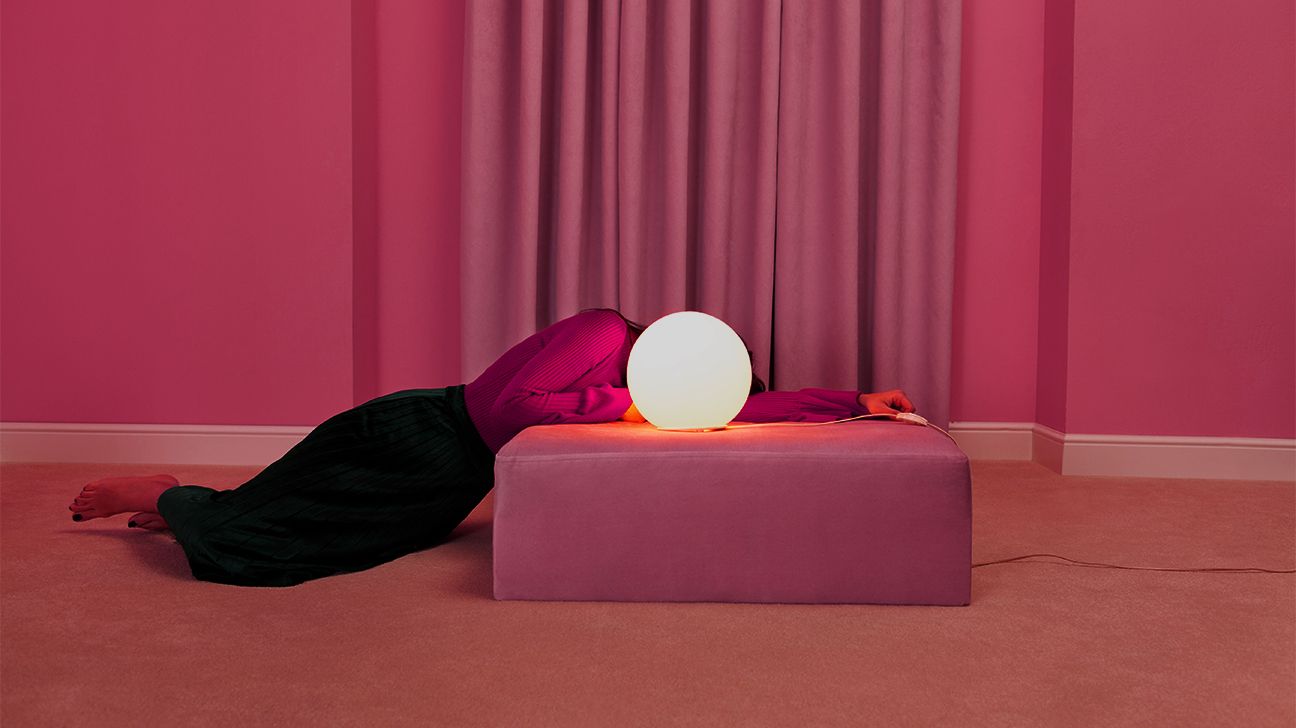Silent migraine is a migraine type that isn’t painful. But even without the headaches, silent migraine can be uncomfortable AF. It can trigger aura symptoms like blind spots, numbness, and nausea.
Here’s how to spot silent migraine and a rundown of the causes and best treatments.

Silent migraine symptoms vary from person to person. But there are some hallmark signs to look out for.
Visual disturbances
Vision probs are the most common migraine aura symptom. According to a research review, visual disturbances occur in 98 to 99 percent of cases. You might experience:
- blind spots
- seeing dots or spots
- zigzag or jagged lines
- temporary loss of sight
Sensory changes
Sensory disturbances (aka paresthesias) usually occur at the same time as visual aura. They’re pretty common and occur in about 36 percent of cases.
You might feel tingling, numbness, or a “pins and needles” vibe anywhere on your body. Some folks also hear noises that aren’t really there.
FYI: Lots of peeps who experience silent migraine also experience nausea and vomiting.
Speech problems
Language and speech disturbances occur in about 10 percent of auras. You might mumble your speech or slur your words. Some folks also have a hard time forming words or concentrating.
Researchers are still trying to figure out the exact cause of silent migraine. There’s a chance that it involves changes to blood vessels or chemicals in your brain. Some studies suggest there’s a genetic link, but we don’t know for sure.
Your chance of migraine (silent or original recipe) might be higher more often if you:
- are under 40
- have a relative who experiences migraine
- are going through menstruation, menopause, or pregnancy
According to a research review, depression, obesity, and stressful life events may often increase your chance of migraine.
There are tons of potential environmental or physiological triggers that can spark a flare-up. According to the American Migraine Foundation, the most common triggers are:
- stress
- smells
- alcohol
- caffeine
- hormones
- a diet with few nutrients
- dehydration
- weather changes
- certain medications
- an irregular sleep schedule
- bright, fluorescent, or flickering lights
There’s currently no cure for migraine. But silent migraine attacks might go away on their own. You can also use an over-the-counter (OTC) pain reliever to ease symptoms in the short term. Aspirin, ibuprofen, or naproxen are all popular options.
If your silent migraine symptoms are super severe — or if you get them on the reg — your doc might suggest prescription medications including:
- ricyclic antidepressants (like nortriptyline or amitriptyline)
- calcitonin gene-related peptide (CGRP) receptor antagonists
- botulinum toxin (Botox)
- medications like beta-blockers (like metoprolol and propranolol)
Some folks also might get relief from alternative therapies like:
Just keep in mind, you should always talk with your doc before trying a new migraine treatment.
There’s no one-size-fits-all way to prevent silent migraine attacks. But there are some lifestyle changes and preventative treatments you can try.
- Medications. Don’t be afraid to talk with your doc about daily meds that can prevent chronic migraine.
- Sleep. Since studies show that a lack of sleep may increase your chance of migraine attacks, try to get enough shuteye on the reg.
- Diet. Try to avoid foods and drinks that can trigger a flare-up. Common culprits include MSG, cheese, cured meats, chocolate, and artificial sweeteners.
- Stress. Anxiety is a major migraine trigger. You can try a relaxation technique to keep your stress in check. Some top-notch choices include yoga, breathing exercises, journaling, art therapy, or exercise.
Silent migraine is a lot like other types of migraine. The main difference is that silent migraine doesn’t cause headache pain. But it can still cause aura symptoms like vision disturbances, sensory changes, nausea, vomiting, and speech problems.
While there’s currently no cure for migraine, you might be able to reduce your chance of an attack by avoiding your unique triggers. OTC meds (like aspirin, ibuprofen, or naproxen) may also help ease symptoms in the short term, but everyone’s different.
You can talk with your doctor about preventative medicines to curb chronic migraine attacks. They might also suggest alternative therapies like acupuncture, massage therapy, behavioral therapy, or stress-relieving activities.
